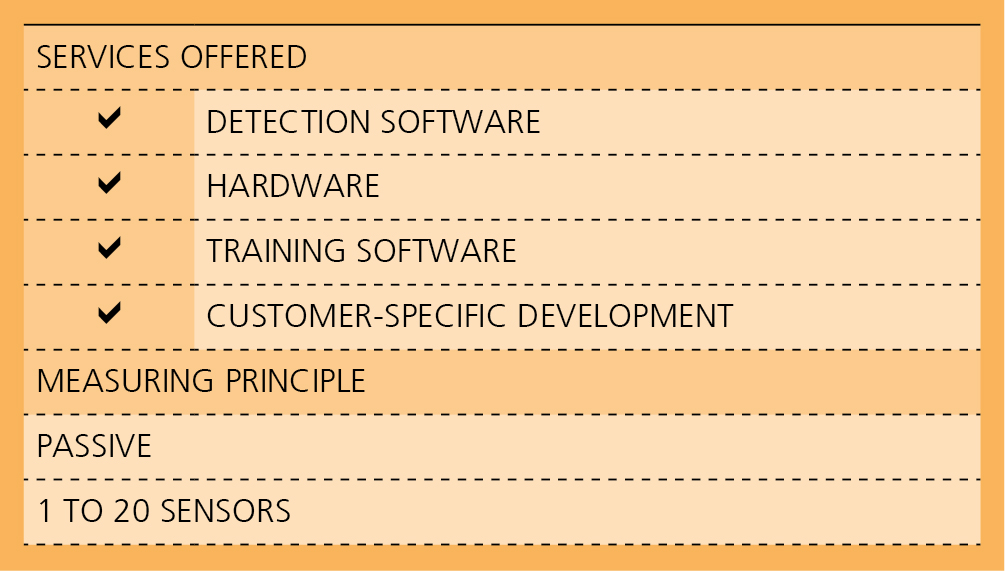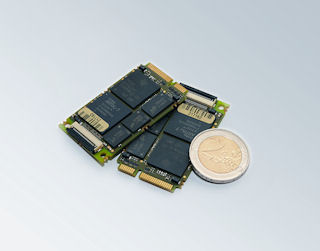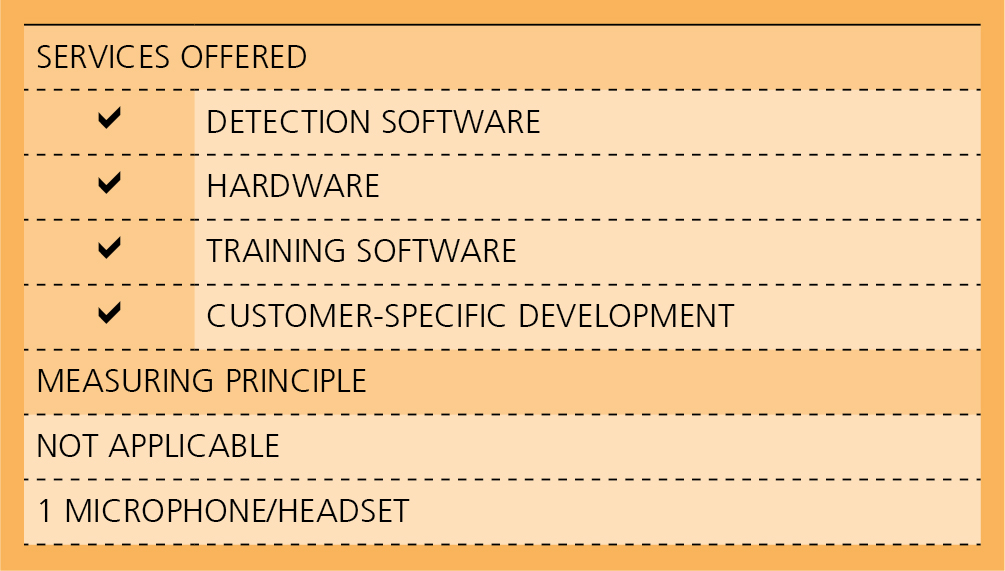Voice control
State-of-the-art measuring and test equipment offer numerous setting and programming options. However, manual operation is often difficult (multitude of menus and submenus) or impossible (hands occupied or dirty during testing) in practice. Use of speech recognition and speech synthesis technology offers tremendous potential for improving process flow efficiency.
Speech technologies have advanced to the point that natural human-to-machine communication is now easily possible. Commercially available solutions usually transmit the user speech input to third-party servers, which can compromise data security due to the transmission of information to external parties, who can potentially save and reuse these data. In addition, the operational reliability can be disrupted due to the reliance of the solutions on wireless network connections. These solutions are hence not recommended for use in test equipment.
Fraunhofer IKTS offers a secure and operationally reliable hardware-based speech dialog system with continuous speech input and output capabilities for interactions between users and test equipment. The dialog system can be integrated into existing test equipment or connected via a USB interface and supports wired or Bluetooth headsets. This enables the user to communicate with the test equipment in a “hands and eyes free“ way.
Alert tones (“earcons“) serve as notification of events. By moving the computationally intensive algorithms to hardware, it is possible to miniaturize the system. For PC-based measuring and test equipment with sufficient computing power reserves, a pure software solution is also available.
During development, special emphasis was placed on security. Thus, no data are transmitted to external servers. Neither a permanent cellular or Wi-Fi network nor an internet connection is required. There is no possibility of sensitive or personal data being transmitted. In contrast to speech recognition, the system enables devices to be controlled from cell phones. Additional speech synthesis enables feedback and confirmation for complete communication between users and systems.




